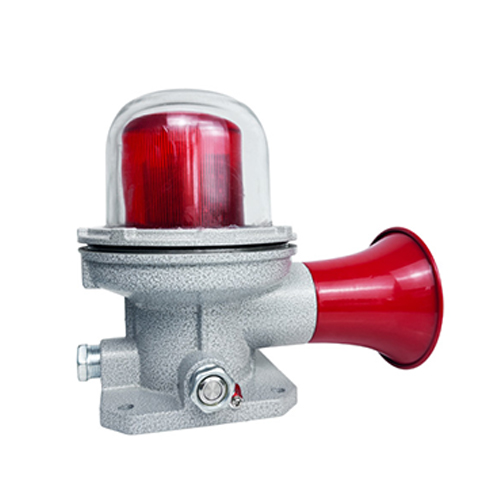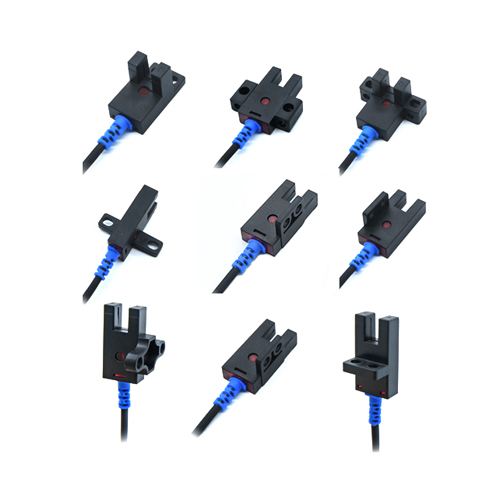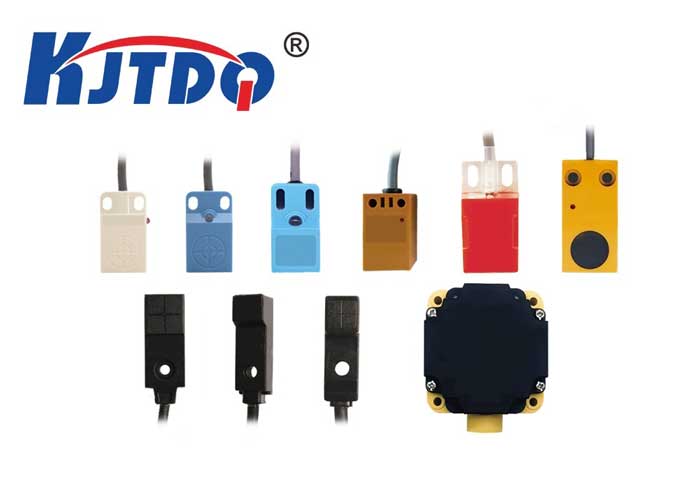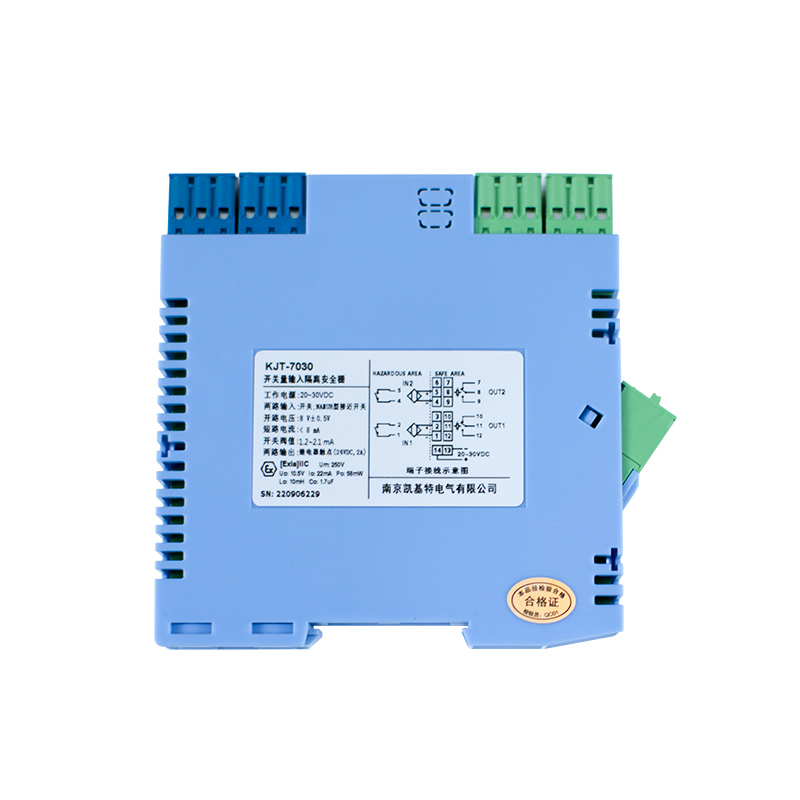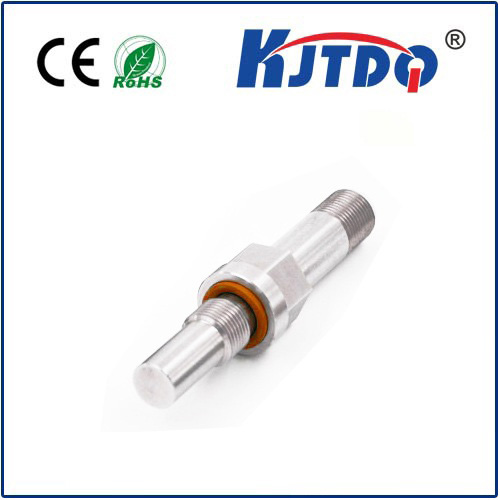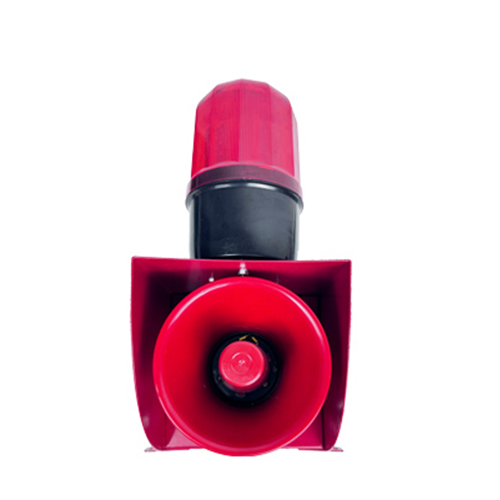высокотемпературный ограничитель
- time:2025-09-14 02:17:37
- Нажмите:0
High Temperature Limit Switch: The Unsung Hero Guarding Against Thermal Overload
Imagine the scenario: a critical industrial furnace operates near its design limits. Suddenly, a sensor fails, a cooling system falters, or process parameters drift. Unchecked, temperatures soar. Without intervention, the result could be catastrophic – melted components, ruined product, uncontrolled fires, or even equipment explosion leading to costly downtime, safety hazards, and potential environmental damage. Preventing these thermal runaway scenarios is precisely where the высокотемпературный ограничитель becomes an indispensable guardian. Far more than just another component, it acts as the final line of defense, a critical safety mechanism designed to shut down systems before temperatures reach critical, dangerous levels.
Understanding the Core Function: A Thermal Sentinel
At its essence, a высокотемпературный ограничитель, often called a thermal cutoff, safety thermostat, or over-temperature switch, is an automatic electro-mechanical device. Its singular, vital purpose is to monitor temperature within equipment or an environment and interrupt an electrical circuit when a pre-defined, preset maximum temperature threshold is detected. Think of it as an incredibly reliable watchdog:
- Monitoring: It constantly senses the ambient temperature or the temperature at its point of installation.
- Detection: It compares this sensed temperature against its calibrated setpoint.
- Action: If the sensed temperature exceeds the setpoint, the switch mechanically actuates, changing its electrical state (typically from Normally Closed to Open).
- Intervention: This circuit interruption immediately cuts power to the heating element, burner, motor, or the entire system, forcing it to shut down and begin cooling.
The Critical Mechanisms Inside

Most high temperature limit switches rely on proven physical principles to achieve this life-saving function:
- Bimetal Disc or Strip: This is the most common actuator. Made by bonding two metals with different coefficients of thermal expansion, the disc or strip snaps or bends rapidly at a precise temperature (its calibration point). This snap action either directly opens electrical contacts or triggers a mechanism that does so. This design is prized for its reliability, fast response time, and positive break capability, ensuring a clean circuit interruption even under high electrical loads.
- Thermocouple or RTD with Electronic Control: In more sophisticated systems, especially where remote monitoring or adjustable setpoints are needed, a separate temperature sensor (like a thermocouple or Resistance Temperature Detector - RTD) may feed a signal to an electronic controller. This controller then commands a relay (acting as the limit switch) to open the circuit upon exceeding the high limit. However, a purely mechanical bimetal switch is generally preferred for ultimate safety due to its inherent fail-safe nature – it works without external power.
Crucially, high limit switches are designed as manual reset devices. Once they trip, the circuit stays open even if the temperature subsequently drops below the setpoint. This requires an operator to physically press a reset button after the root cause of the overheating has been identified and rectified. This prevents automatic cycling and ensures a dangerous scenario is properly addressed before restarting.
Where This Protection is Non-Negotiable: Key Applications
The высокотемпературный ограничитель finds its critical role wherever uncontrolled heat poses a significant risk:
- HVAC Systems (Heating): Arguably the most common application. Installed inside furnaces, boilers, and heat pumps to shut down the burner or heating element if internal temperatures become dangerously high due to airflow blockage (dirty filter), failed blower motor, gas valve malfunction, or faulty primary controls. Preventing furnace meltdown is its core job here.
- Industrial Process Heating: Kilns, ovens, reactors, heat treatment lines, plastic molding machines – any process involving high heat requires redundant safety limits to prevent fire, product combustion, or damage to expensive machinery if control systems fail.
- Commercial Cooking Equipment: Grills, fryers, ovens, steamers, and dishwashers incorporate limit switches to prevent grease fires, component overheating, and unsafe surface temperatures.
- Electrical Enclosures & Distribution Panels: Protecting transformers, VFDs (Variable Frequency Drives), and other sensitive electronics from overheating caused by overloading, poor ventilation, or cooling fan failure.
- Home Appliances: Dryers, water heaters, coffee makers, stoves, and space heaters all rely on these switches to prevent fire hazards should internal components overheat.
- Motors & Gearboxes: Monitoring bearing temperatures to prevent seizure due to lubrication failure or excessive load.
Selecting the Right Thermal Guardian: Critical Considerations
Choosing the appropriate высокотемпературный ограничитель is vital for effective protection. Key factors include:
- Temperature Rating & Setpoint: The switch must be rated for temperatures exceeding the maximum normal operating temperature of the system, but calibrated to trip below the temperature where damage or danger occurs. Selecting the correct trip point is paramount. Switches are available covering a vast range, from 100°F (38°C) to well over 1000°F (538°C).
- Electrical Rating: The switch contacts must be capable of handling the voltage and current (amperage) of the circuit they are protecting, both for normal operation and breaking under fault conditions. Undersizing can lead to contact welding or switch failure.
- Construction & Material: The sensor body and electrical components must withstand the operating environment. Factors include ambient temperature, presence of moisture, chemicals, dust, or vibration. Stainless steel housings are common for durability and corrosion resistance.
- Sensor Type & Mounting: Options include surface mount (clamped to a pipe/tank), immersion (probe inserted into liquid), or air sensing. Proper thermal coupling to the heat source is essential for accurate and fast response.
- Certifications: Look for switches certified to relevant safety standards for the region and application (e.g., UL, CSA, CE, VDE), ensuring the device meets rigorous testing requirements.
- Manual vs. Automatic Reset: As a fundamental safety rule, high limit protection should almost always be manual reset to require human intervention after a trip. Automatic resetting limit switches are typically used for control purposes, not primary safety limits.
Installation: Precision Matters
Even the best switch is ineffective if installed poorly. Key installation principles:
- Location: Mount the sensor probe or sensing element directly at the point where overheating is most likely to occur and critical to detect (e.g., the hottest part of a heat exchanger plenum, near heating elements, on motor windings).
- Thermal Contact: Ensure excellent thermal conductivity between the heat source and the sensor. Use thermal paste if necessary for immersion probes. Avoid air gaps or insulation blocking the sensor.
- Wiring: Connect the switch in series with the circuit powering the heat source (e.g., gas valve, contactor coil for the heater). Follow the wiring diagram precisely, respecting Normally Closed (NC) or Normally Open (NO) configurations. Secure all connections.
- Accessibility for Reset: Position the switch body (or reset button) where it can be easily accessed by personnel for resetting after the fault is resolved.
- Avoid Insulation Blockage: Never bury the sensor under insulation; this drastically slows its response time and defeats its purpose.
The высокотемпературный ограничитель is a deceptively simple device performing an extraordinarily critical safety function. It operates silently in the background, requiring nothing but the heat it’s designed to detect. Yet, its reliable action is fundamental to preventing equipment destruction, catastrophic fires, and ensuring workplace and home safety. It’s not merely a component; it is the essential thermal safety net, a *non-


